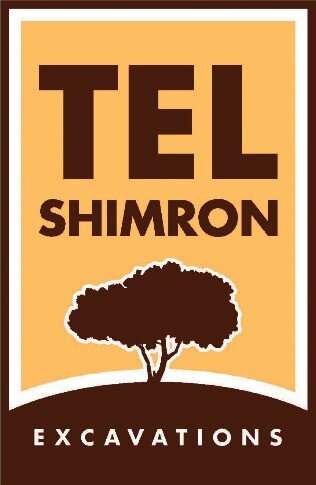Day Twenty-Two
We often get asked what types of tools we use in the field. The answer is, of course, that we use a range of tools in the course of excavation. Which tool we use at any given time is dependent on the task at hand.
One tool used in all the excavation areas is a sifter. Buckets of excavated dirt are dumped into the sifter, essentially a box with a mesh bottom, which volunteers then shake back and forth. The dirt falls out through the mesh while larger objects, anything from beads to rocks, are left behind. Volunteers can then pick out anything they find. Sifters are used when we want to make sure we are collecting all the objects, large and small, from a particular area.
Sifting in Grid 33
Sometimes we need to use small tools like trowels and sometimes we need to use big tools like a pick. We often use picks when digging fills, pits, or layers when we are confident we can move a little faster.
Picking in Grid 92
One of an archaeologist’s favorite tools is the brush and every volunteer on site has heard their supervisor say, “Sweep the dirt and make it clean.” Sweeping and keeping the dirt clean allows us to see lines such as a pit cut through a floor, the foundation trench of a wall, or a row of stones emerging under a fill layer. We also sweep before every photo so that everything in the photograph can be seen clearly.
Sweeping in Grid 92
One of the most important aspects of our daily work is mapping our excavation areas and locating all the various features, walls, floors, pits and more, as well as important artifacts on a plan or map. The majority of this work is done by our GIS team but supervisors help by taking points and recording that information for the GIS team to map later in the day.
Taking a point in Grid 92




